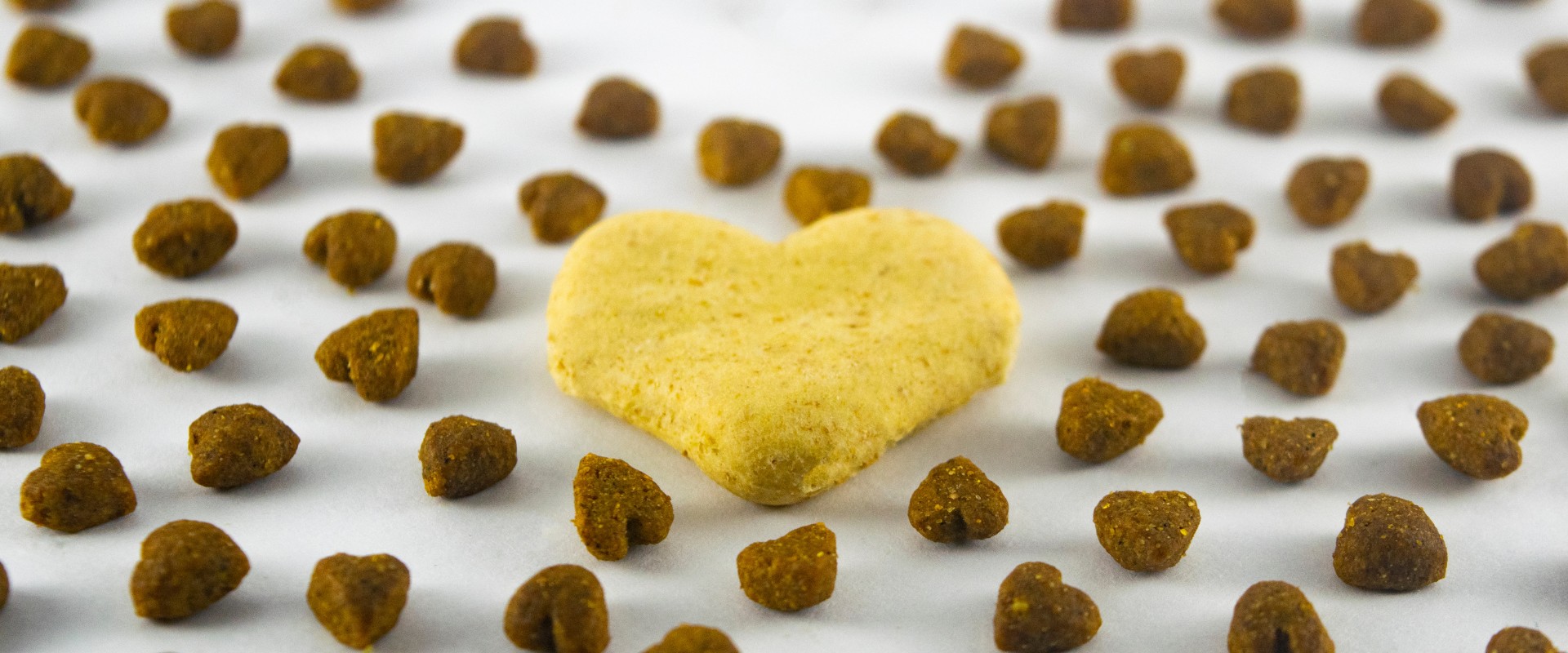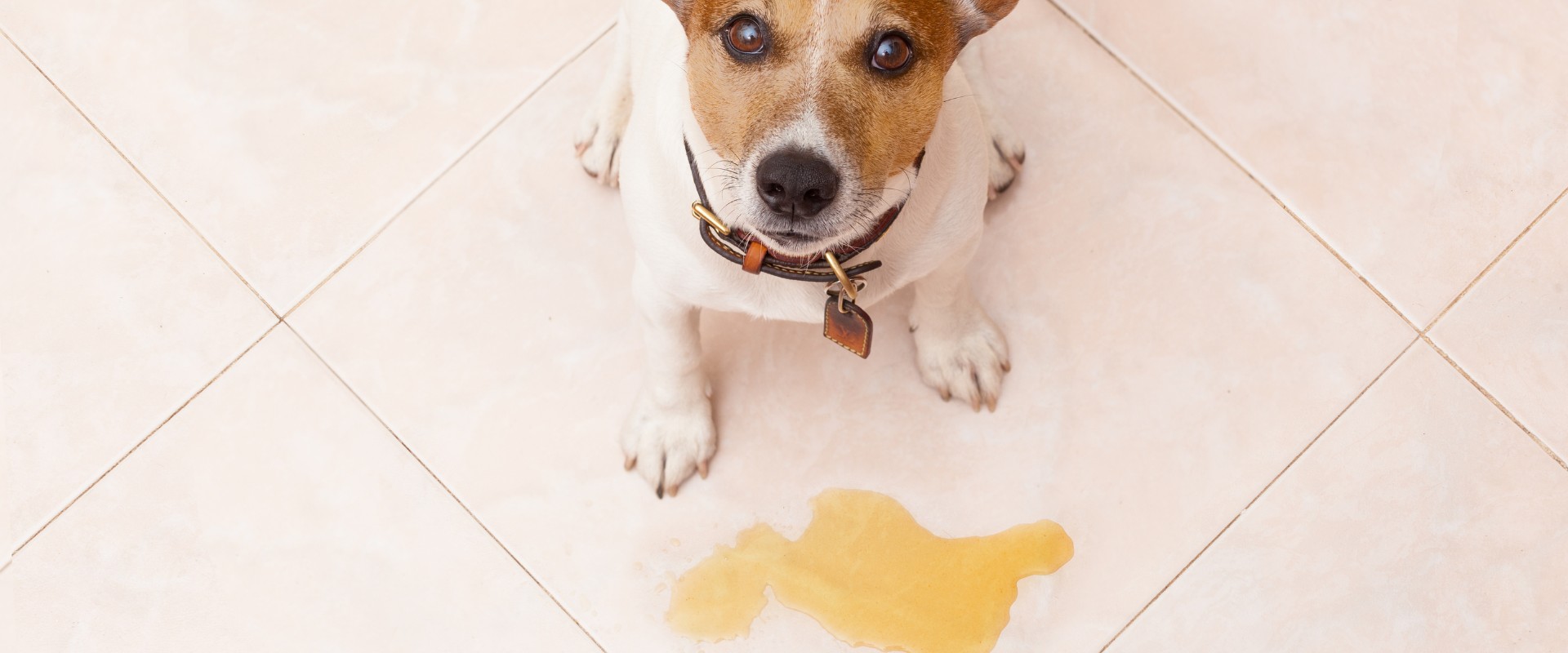Housebreaking a new puppy or training an adult dog to use a pee pad can be a game-changer for pet owners. Whether you live in an apartment, have a busy schedule, or your dog can’t go outside due to extreme weather conditions, teaching your furry friend to use a pee pad can save you a lot of stress and mess. In this comprehensive guide, we’ll walk you through the steps to train your dog to use a pee pad effectively.
1. Gather Your Supplies
Before you start training your dog to use a pee pad, make sure you have all the necessary supplies ready. You’ll need:
- Pee pads: Choose high-quality, absorbent pads to prevent leaks and minimize odors.
- Treats: Small, tasty treats for rewarding your dog’s good behavior.
- Clicker (optional): A clicker can help reinforce positive behavior with a distinct sound.
- Leash and collar (for outdoor-trained dogs): If your dog is used to going outside, these items can help with the transition.
- Cleaning supplies: Enzyme-based cleaners to thoroughly clean any accidents and prevent repeat offenses.
2. Choose the Right Location
Selecting the right location for the pee pad is crucial. It should be a quiet, easily accessible area within your home where your dog can relieve themselves without disturbance. Avoid high-traffic areas, and ensure the spot is consistent throughout the training process.
3. Establish a Routine
Consistency is key in dog training. Create a regular schedule for your dog’s bathroom breaks. Puppies typically need to go after eating, drinking, waking up, or playing. Take your dog to the designated pee pad area at these times, as well as every few hours in between.
4. Use Positive Reinforcement
When your dog uses the pee pad correctly, reward them with praise and treats. Positive reinforcement helps your dog associate using the pad with a positive outcome. You can also use a clicker to mark the behavior you want to encourage.
5. Supervise and Watch for Signs
During the training process, keep a close eye on your dog, especially when they are not on the pee pad. Look for signs that they need to go, such as sniffing, circling, or whining. If you notice these behaviors, quickly guide them to the pee pad.
6. Redirect Accidents
It’s common for dogs to have accidents during the training process. When this happens, avoid scolding or punishing your dog. Instead, calmly clean up the mess with an enzyme-based cleaner to eliminate any lingering odors. Then, refocus on consistent training.
7. Transitioning from Outdoor to Pee Pad
If your dog is used to going outside, transitioning to using a pee pad indoors can be a bit challenging.
Here’s how to do it:
a. Begin by placing a pee pad
near the door your dog usually exits for outdoor potty breaks. b. Gradually move the pad closer to the desired indoor location over several days. c. Once the pee pad is in the designated indoor spot, follow the same training steps as mentioned earlier.
b. Gradual Independence
As your dog becomes more accustomed to using the pee pad, you can start increasing their independence. Reduce the frequency of bathroom breaks and gradually give them more freedom around the house. However, always be prepared to step in and guide them back to the pad if needed.
c. Maintain Consistency
Consistency is essential not only during the training process but also after your dog has become proficient at using the pee pad. Stick to a regular schedule, and continue to reward and praise your dog for their good behavior.
d. Patience and Persistence
Training your dog to use a pee pad can take time and patience. Every dog learns at their own pace, so be persistent and adapt your approach if necessary. Celebrate small successes along the way, and remember that accidents are a part of the learning process.
Conclusion
Training your dog to use a pee pad is a valuable skill that can make your life as a pet owner more convenient and less stressful. By following the steps outlined in this guide and maintaining patience and consistency, you can successfully teach your dog to use a pee pad, providing them with a reliable indoor bathroom option and fostering a clean and happy home environment for both you and your furry companion.




